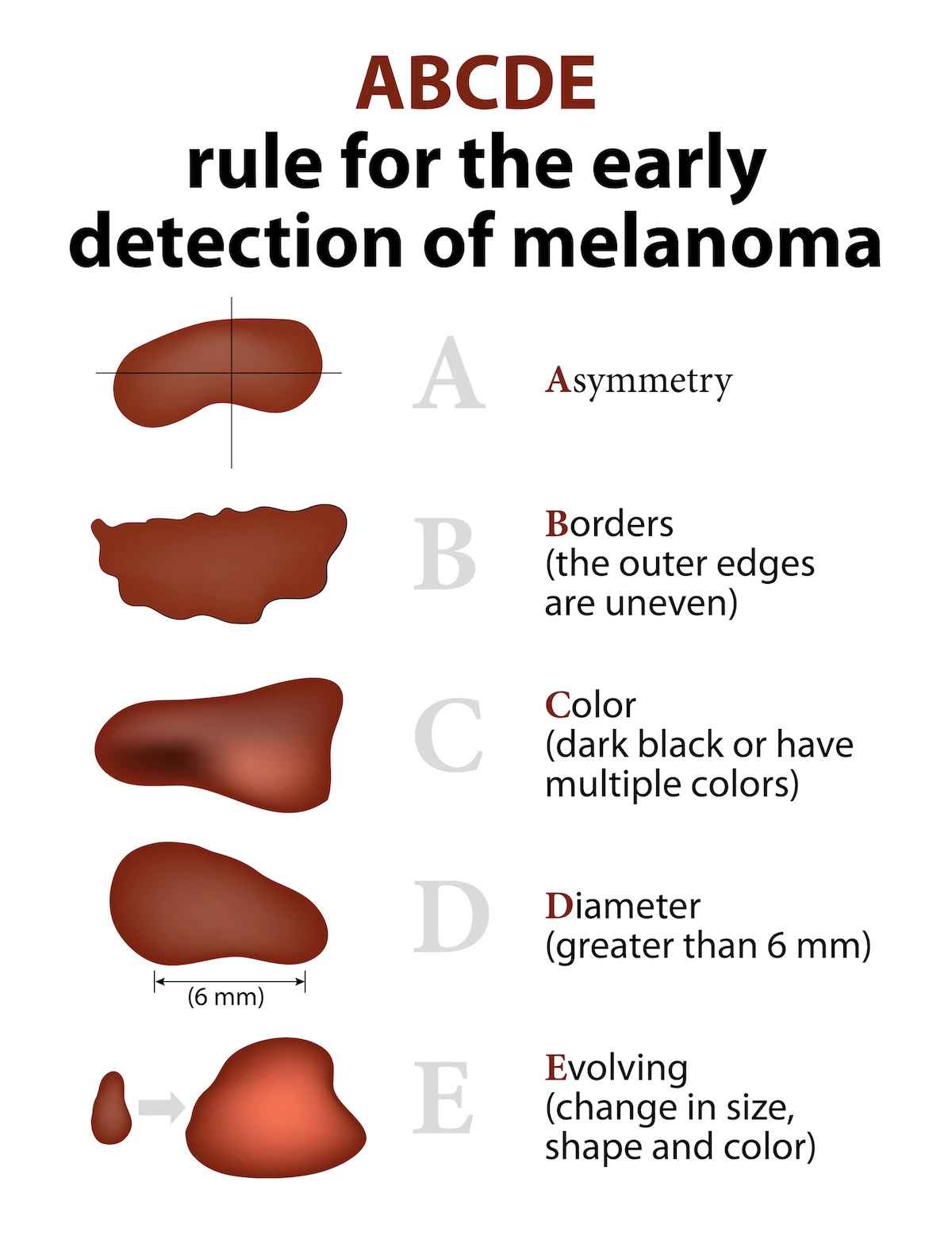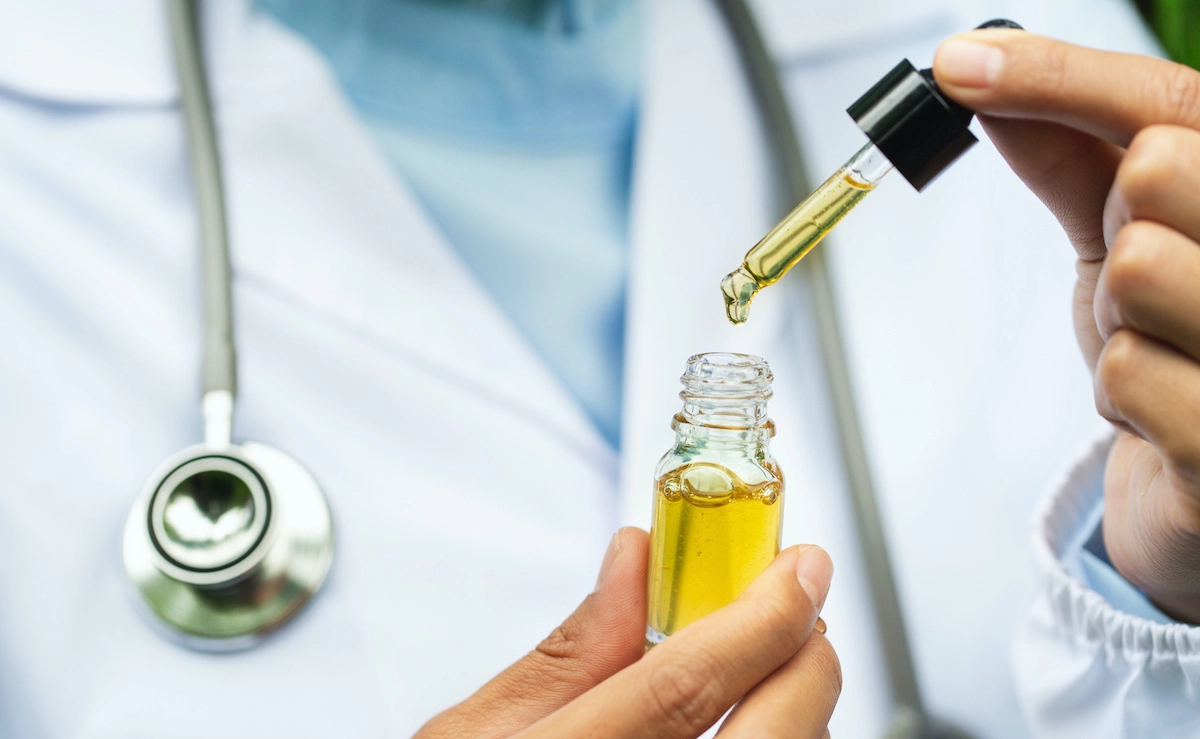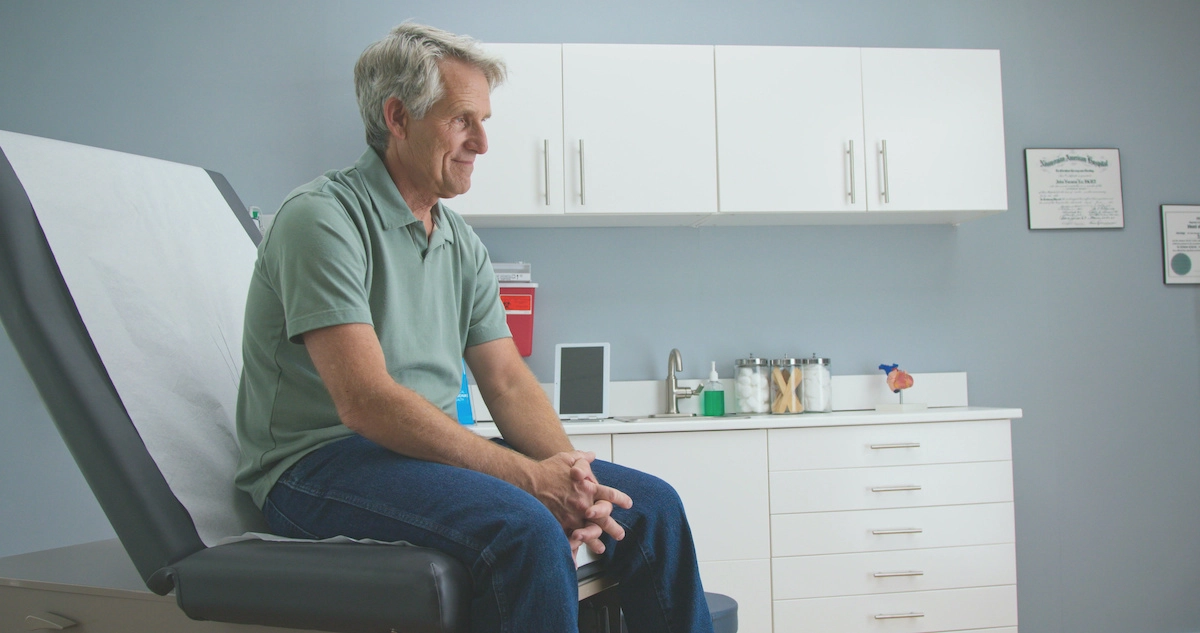Dangers of Melanoma and How to Prevent it
Melanoma is the deadliest form of skin cancer but has a 99% cure rate if caught early.
“Melanoma varies in terms of how aggressive it can be. If caught early, it can be removed from the skin and doesn’t have any long-term consequences,” explained Shilpi Khetarpal, MD, a dermatologist with Cleveland Clinic. “However, over time, melanomas can go deep in the skin and then invade the lymph nodes and spread elsewhere. There can be mortality associated with it. Early detection is key to getting the best outcomes.”
The chance of developing melanoma increases with age, but it can still impact young people as well as all skin types.
Get moles or other spots on your skin checked if you notice they’re asymmetrical, have an irregular border or uneven color. A spot that’s bigger than the tip of a pencil eraser or changing in some way should also be investigated.
Dr. Khetarpal said sunscreen is key to protect yourself from the disease, as ultraviolet radiation from the sun causes nearly 90% of melanomas.
“If you are going to be outside, use a broad-spectrum water-resistant sunscreen with an SPF of 30 or higher. If you don’t want to lather up in a lot of sunscreen, you can try ultraviolet protection factor clothing, or UPF clothing, for some protection,” advises Dr. Khetarpal.
Dr. Khetarpal adds it’s crucial to get regular skin checks – especially if you have a personal or family history of skin cancer. — ccnewsservice@ccf.org, May 1, 2023
Melanoma is the most common and deadly form of skin cancer in the United States. Unlike many other cancers, whose incidence has dropped in recent years, the number of people diagnosed with melanoma is on the rise. What’s most troubling is that young people, notably women, make up the largest group of newly diagnosed melanoma cases, says Dr. Hui Tsou, Dermatopathologist and Assistant Medical Director of Acupath Laboratories. “We support Melanoma Awareness month and want to help educate people about what is now one of the most commonly diagnosed cancers in people under age 30,” adds Dr. Tsou.
“Young adults are engaging in behaviors that put them at high-risk of developing melanoma and other types of skin cancer,” says Dr. Tsou. “It’s so important to learn how to minimize their risk of skin cancer to ensure that we catch the disease early while it’s still treatable.”
Here are five tips to help detect potential cancers early:
1) Make routine skin exams a habit. The American Cancer Society recommends seeing a doctor for an annual head-to-toe skin exam and performing self-exams once a month – all year long – to look for suspicious lesions. Be sure to see your doctor if you notice a new spot or one that is changing in size, shape, or color—the most important warning signs for melanoma. Also look for the following danger signs (known as the ABCDE rule):
- Asymmetry: An irregular, uneven shape; one half the lesion is different from the other half.
- Border: Jagged or blurry edges.
- Color: Various colors, often multicolored lesions of tan, dark brown, or black, sometimes pink or red, blue or white.
- Diameter: 6 millimeters or larger (about the size of a pencil eraser).
- Evolution: Any change in size, color or appearance.
2) Size up your risk. Everyone needs to protect themselves from the sun. But if you experienced blistering sunburns as a child, have fair skin, freckles, light hair color, an unusual or a large number of moles or a family history of skin cancer, you are more susceptible to developing skins cancers.
3) Protect your skin daily. Research shows that applying—and frequently reapplying—a daily broad spectrum sunscreen with SPF of 15 or higher can slash a person’s risk of developing skin cancer. FDA guidelines help take the guesswork out of buying over-the-counter sunscreen because products must protect against both ultraviolet-B and ultraviolet-A rays, since exposure to both types of UV radiation can lead skin cancer. In addition, seek shade from 10 a.m. to 2 p.m. when the sun’s rays are strongest, and wear protective clothing.
4) Do not use indoor tanning beds. There is mounting evidence that the increased use of indoor tanning beds is at least partially responsible for the uptick in skin cancers. A new study found that indoor tanning before age 35 increases a person’s risk of getting melanoma by 75 percent. “Whether your skin became tan from the sun’s rays or a tanning bed, it’s all harmful and damaging,” explains Dr. Tsou.
5) Avoid getting a sunburn. Sunburn is a red flag that your skin has been exposed too much ultraviolet radiation, which increases skin cancer risk. Half of adults under age 30 report having a sunburn at least once in the past year, according to two 2012 studies by the Centers for Disease Control and Prevention and the National Cancer Institute.
The only way to accurately diagnose melanoma is with a biopsy in which all or part of the suspicious mole or growth is removed and examined microscopically by a pathologist. If melanoma is diagnosed, the next step is to determine the extent, or stage, of the cancer and the appropriate treatment.
Even though we are making progress in treating melanoma,” says Dr. Tsou, “the message we need to get across is that if melanoma is diagnosed early it’s almost always curable.”
Dr. Hui Tsou, board certified in Dermatopathology and Anatomic Pathology, is the Assistant Medical Director and Department Chief of Dermatopathology at Acupath Laboratories, Inc. She is a veteran in the field of Dermatopathology with expertise in the areas of dysplastic nevi, melanoma and other forms of skin cancer. http://www.acupath.com












